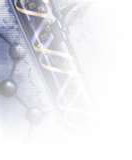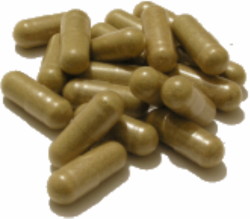
 |
Apology for Statements from
RLC Labs in
|
Subscribe free to
|
|
Thyroid Science publishes papers under the Creative Commons Attribution License
|
||
|
Sections of | ||
|
© Thyroid Science 2010 |
